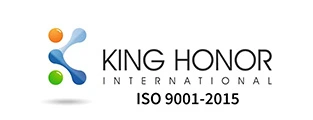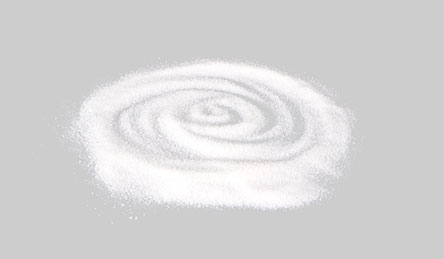
Search


Lubricants are additives used to improve the processing performance and appearance of polymers such as plastics and rubber. In addition to reducing friction, improving flowability and mold release, lubricants can also improve the surface finish of products, prevent sticking between products, and enhance interfacial properties.
Lubricants can be divided into internal lubricants and external lubricants, mainly depending on their compatibility with resins. Internal lubricants have high affinity with resins, reducing the interaction forces between large molecules, and mainly play the following roles:
Stabilize the resin plasticization and prevent a sharp increase in torque during plasticization;
Reduce the melt viscosity of the resin, increase flowability, decrease screw torque, increase extrusion and production rates;
Improve processing capabilities, reduce equipment load, improve energy efficiency.
External lubricants have low affinity with the resin, reducing friction between the resin and processing machinery. They mainly play the following roles:
Prevent decomposition and coloring of resin due to frictional heat between resin and mold metal surfaces;
Prevent sintering on the surfaces of molding machinery;
Improve the stripping performance of roller surfaces;
Improve mold release;
Improve the smoothness of the finished product surface.
Saturated hydrocarbons - Saturated hydrocarbons can be divided into non-polar hydrocarbons (such as polyethylene wax and polypropylene wax) and polar hydrocarbons (such as chlorinated paraffin waxes and oxidized polyethylene, etc.). They are mainly used for non-toxic external lubricants in PVC.
Liquid paraffin - Commonly known as white oil, it is a colorless transparent liquid that can be used as a transparent internal lubricant for PVC.
Solid paraffin - Also known as natural paraffin, it is a white solid that can be used as an external lubricant for PVC; excessive use can affect transparency.
Fischer-Tropsch synthetic wax - Can replace paraffin as an external lubricant for PVC, with excellent performance and competitive prices.
Microcrystalline wax - White or light yellow solid in appearance, known for its superior lubrication and thermal stability compared to other waxes.
Low molecular weight polyethylene - Also known as polyethylene wax, it is a colorless or light yellow solid, with poor transparency. It can be used for PVC extrusion and calendering.
Oxidized polyethylene wax - Partially oxidized product of polyethylene wax, white powder in appearance; excellent internal and external lubrication effects, good transparency.
Chlorinated paraffin waxes - Good compatibility with PVC, poor transparency, good results when used in combination with other lubricants.
Metal soaps - Excellent heat stabilizers and lubricants, with both internal and external lubrication effects, slightly different emphasis on different varieties.
Stearic acid butyl ester - Colorless or light yellow oily liquid in appearance, mainly used for internal lubrication with some external lubrication effect in PVC.
Mono-stearate of glycerol - White waxy solid, excellent internal lubricant for PVC with minimal impact on transparency.
Stearic alcohol - White bead-like substance, acts as an internal lubricant with good transparency.
Pentaerythritol - High-temperature lubricant for PVC.
In transparent film formulations, use metal soaps and liquid composite stabilizers, combined with stearic acid;
For blown film, to prevent adhesion, use mono-stearate of glycerol;
In cable material formulations, if fillers are added, high melting point waxes can be used as lubricants.
For transparent non-toxic products such as blow-molded bottles and transparent sheets, OP wax is commonly used;
For opaque products such as sheets and pipes, a combination of fischer tropsch ft synthesis wax, paraffin, and stearic acid is used.
Compression molding - Aim to prevent roller sticking, reduce melt viscosity, and improve flowability. Internal and external lubricants should be used together, with metal soaps as the main type, and supplemented with stearic acid as appropriate;
Extrusion and injection molding - Aim to reduce viscosity, improve flowability, and facilitate demolding. Internal lubricants are primarily used, with esters and waxes as the main lubricants;
Compression and lamination molding - External lubricants are mainly used, with waxes as the main type of lubricants;
Paste molding - Requires less lubricant, mainly internal lubricants with liquid lubricants ideal.
In a formulation, both internal and external lubricants should be used together. The amount of lubricant varies depending on the processing method.
When choosing lubricants, multiple factors need to be considered. In the production of plastic products such as molded injection parts, PVC window frames, and PVC pipes, products such as KHWAX QP115H, KH FT WAX 105, KHWAX QP85HN, and KHWAX QP80HN from Fischer-Tropsch synthetic wax are favored by customers at home and abroad. Please contact KING HONOR for details.